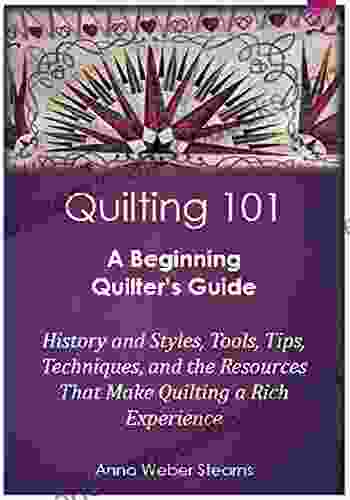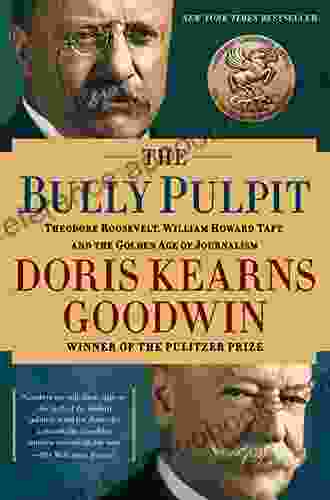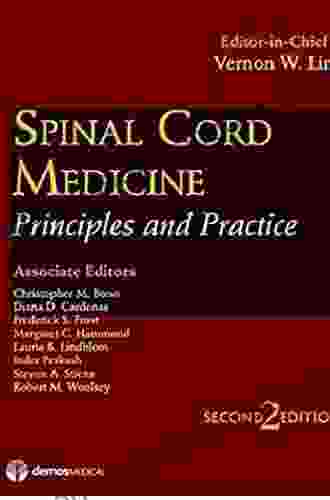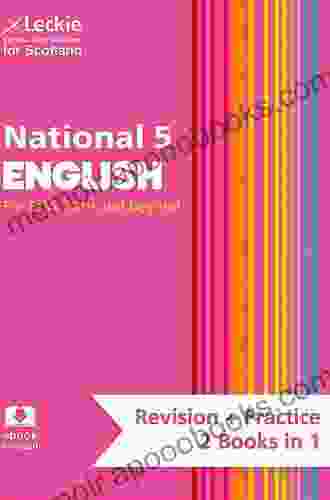Welcome to the Wonderful World of Quilting 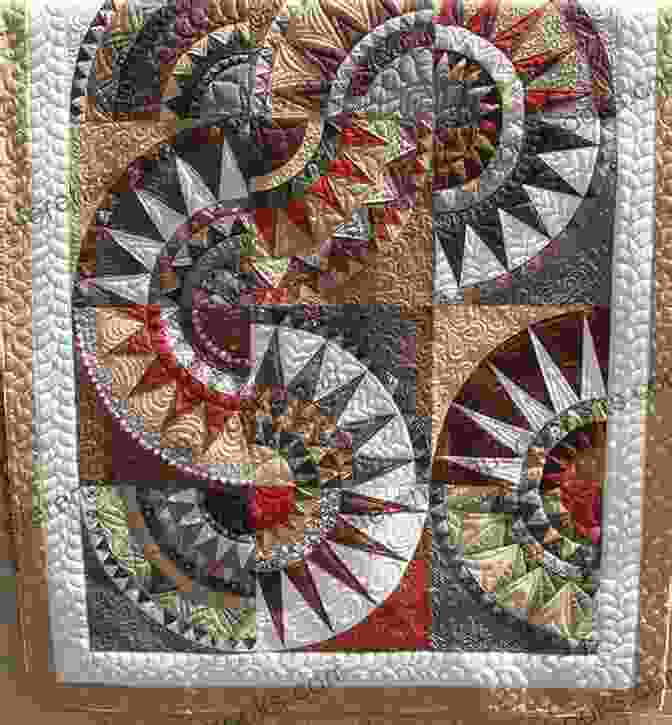
Quilting is an art form that combines creativity, precision, and a touch of magic. It's a rewarding hobby that can bring joy to your life, connect you with loved ones, and create beautiful heirlooms that will be cherished for generations.
If you're new to quilting, you might feel overwhelmed by the vast array of fabrics, patterns, and techniques. That's why we've created this comprehensive beginner's guide to empower you with the knowledge and confidence you need to embark on your quilting journey.
5 out of 5
| Language | : | English |
| File size | : | 692 KB |
| Text-to-Speech | : | Enabled |
| Screen Reader | : | Supported |
| Enhanced typesetting | : | Enabled |
| Print length | : | 97 pages |
| Lending | : | Enabled |
Getting Started: Essential Tools and Materials 
Before you dive into the world of quilting, it's crucial to have the right tools and materials. Here's a list of essentials to get you started:
Fabric: Choose high-quality cotton fabrics in various colors and patterns.
Sewing Machine: Invest in a reliable sewing machine that can handle multiple layers of fabric.
Rotary Cutter: This tool makes precise cuts, ensuring accuracy and efficiency.
Cutting Mat: Protect your work surface and provide a stable base for cutting.
Rulers and Templates: Assist in accurate measuring and shaping of fabric pieces.
Thread: Select high-quality thread that matches the weight and color of your fabric.
Needles: Use the appropriate needle size for your fabric and thread.
Pattern Power: Exploring Quilt Designs 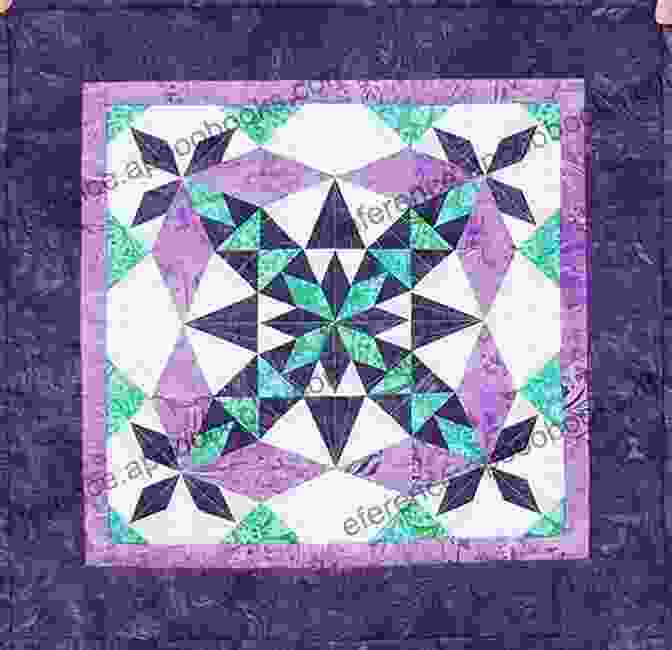
Quilt patterns are the blueprints that guide your stitching and determine the overall design of your quilt. There are countless patterns available, each with its unique charm and complexity.
Beginner-Friendly Patterns: Start with simple patterns like squares, rectangles, and triangles to build a solid foundation.
Intermediate Patterns: As you gain experience, explore more complex patterns that incorporate piecing techniques, curves, and appliques.
Advanced Patterns: Challenge yourself with intricate patterns that require precision and attention to detail.
Stitch by Stitch: Essential Quilting Techniques 
Quilting stitches not only secure the layers of fabric together but also add decorative flair to your creations. Here are some fundamental techniques:
Straight Stitch: The most basic stitch, used for piecing fabric and quilting.
Zigzag Stitch: Provides a secure and decorative finish to raw edges.
Applique: Involves attaching fabric shapes onto a background fabric.
Binding: Finishes the edges of your quilt, giving it a polished look.
Color and Composition: Designing Your Own Quilts
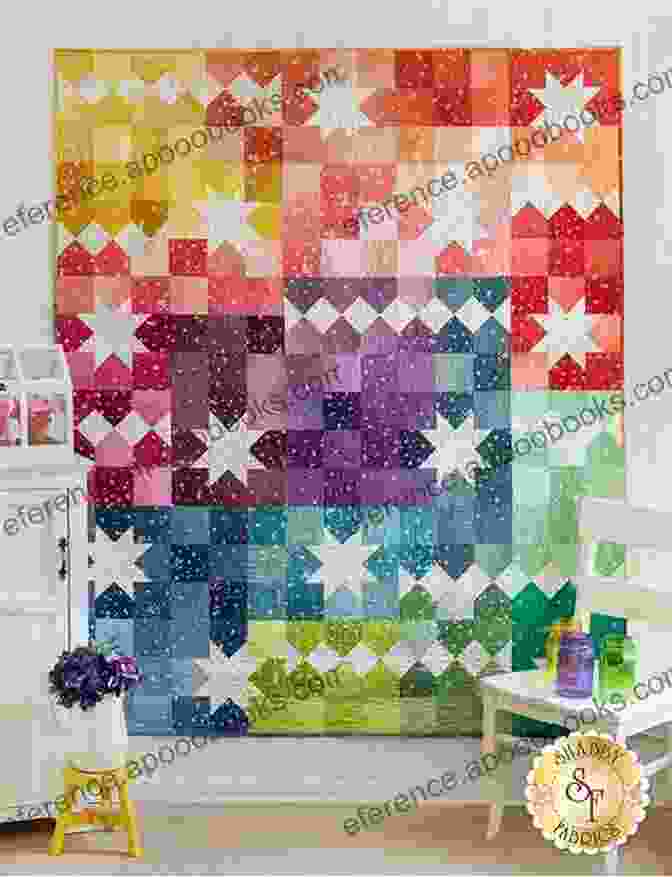
Once you've mastered the basics, it's time to let your creativity shine and design your quilts. Color and composition play a crucial role in creating visually stunning quilts.
Color Theory: Understand how colors interact and create various effects.
Value and Contrast: Play with different values and contrasts to add depth and interest to your quilt.
Balance and Symmetry: Create quilts that are visually pleasing and harmonious.
Embellishments and Finishing Touches
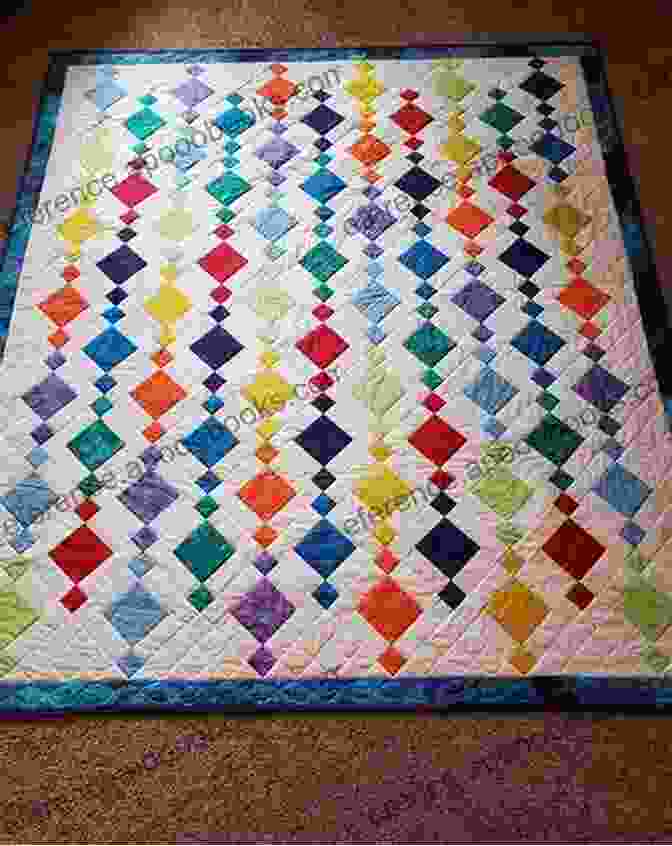
Embellishments can add a personal touch and transform your quilt into a truly unique work of art. Here are some ideas:
Beads and Sequins: Add sparkle and shine to your quilt.
Ribbons and Lace: Create delicate and feminine touches.
Appliques: Embellish your quilt with intricate fabric shapes.
Embroidery: Enhance your quilt with beautiful hand-stitched designs.
Beyond the Basics: Advanced Quilting Techniques

For those who crave a challenge, there are advanced quilting techniques that will take your skills to the next level:
Foundation Paper Piecing: Create intricate quilt blocks with precision.
English Paper Piecing: A traditional technique that produces stunning results.
Free-Motion Quilting: Add artistic and unique quilting designs with a free-motion sewing machine foot.
Quilting for a Cause: Sharing the Joy
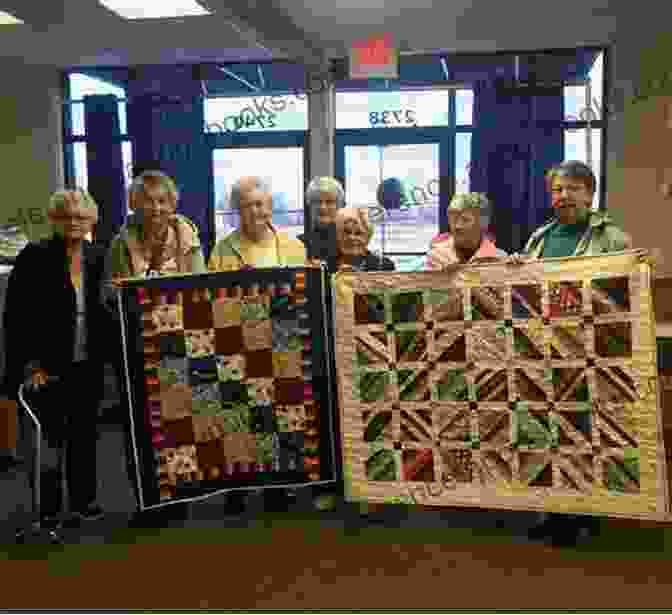
Quilting is not just about creating beautiful objects; it's also about connecting with others and making a difference in the world.
Quilting Bees: Join a community of quilters for inspiration and support.
Charity Quilts: Donate your quilts to organizations that support those in need.
Quilts for Peace: Participate in initiatives that use quilting to promote peace and understanding.



